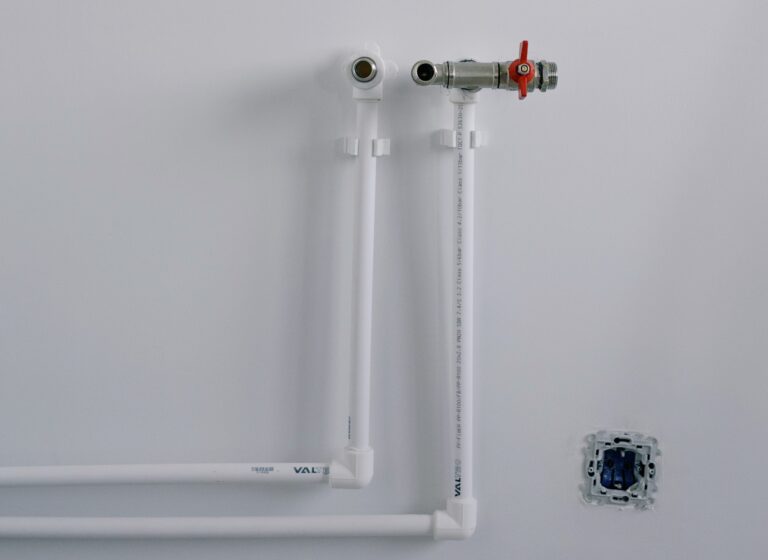What is Water Hammer?
Have you ever heard a loud banging noise in your pipes after shutting off a valve? If so, you may have experienced water hammer. But what exactly is water hammer and why does it happen?
What Causes Water Hammer?
Water hammer can occur when there is a sudden change in the flow of water within a pipeline. This can cause pressure to build up rapidly, leading to the characteristic banging or hammering noise.
There are several potential factors that can contribute to the occurrence of water hammer. One common cause is valve closure. When a valve is closed suddenly, it can cause a surge in pressure that leads to water hammer.
Another potential cause is pump failure. If a pump suddenly stops working, it can cause a disruption in the flow of water that can lead to water hammer.
Water hammer can also occur when there are changes in the direction of flow within a pipeline. This can cause turbulence and pressure fluctuations that can lead to water hammer.
It’s important to note that water hammer can be damaging to pipelines and equipment over time. If left unaddressed, it can lead to leaks, breaks, and other issues.
The Effects of Water Hammer
The effects of water hammer can be costly, both in terms of repairs and downtime. In addition to damaging equipment, it can also cause disruptions in production and loss of revenue. It’s important to address water hammer before it becomes a problem.

Preventing Water Hammer
The first step is to ensure proper maintenance of the system’s valves and piping. Any leaks or damage should be repaired immediately to prevent pressure fluctuations.
Secondly, the system’s pressure should be regulated with a pressure-reducing valve. This will prevent sudden pressure spikes that can lead to water hammer.
It’s also important to avoid abrupt changes in flow rate by using flow control valves and gradually ramping up or down the system’s pumps.
Lastly, air chambers can be installed at high points in the system to absorb the shock waves that cause water hammer.
Preventing water hammer requires a combination of proper maintenance, pressure regulation, flow control, and shock absorption. Implementing these steps can save a system from costly repairs and downtime.
Applications of the Water Hammer Effect
The water hammer effect doesn’t always have negative consequences, it also has numerous positive applications in industrial systems. From controlling fluid flow and pressure to generating power and clearing blockages. Its ability to create shock waves and pressure surges makes it a powerful tool in a variety of industries.
One common application is in hydraulic systems, where water hammer is used to transmit pressure signals to control valves and actuators. This allows for precise control of fluid flow and pressure in the system.
The water hammer effect can also be used in power generation systems, where it is utilized to create shock waves that drive turbines and generators. This generates electricity and is a cost-effective and efficient means of power generation.
Another application of the water hammer effect is in the oil and gas industry, where it is used to clear blockages in pipelines. When a blockage occurs, a surge of water is sent through the pipeline, creating a shock wave that breaks up the blockage and allows for the flow of oil and gas to resume.
Conclusion
Water hammer can be a frustrating and potentially damaging problem in any system. However, with the right knowledge, it can be easily prevented or even utilised! By understanding what water hammer is and how it occurs, you can take the necessary steps to ensure that your system remains in good working order.
